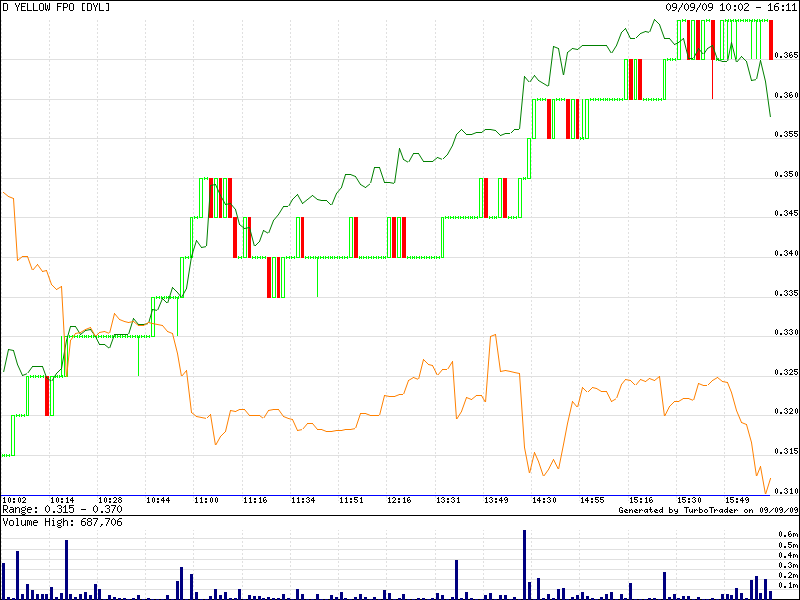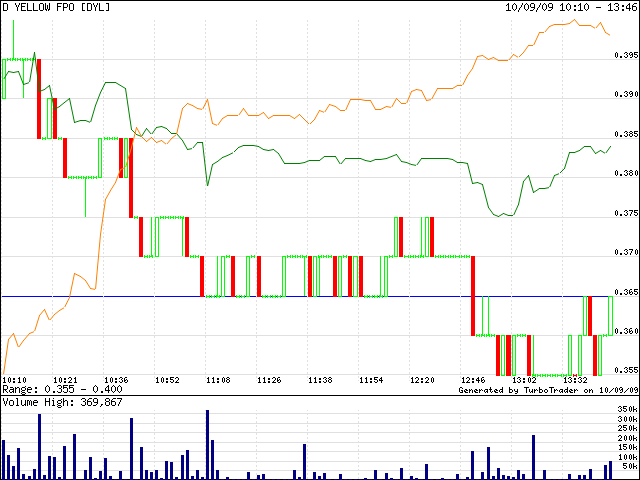CANADIAN miner Mega Uranium has been granted the first uranium-specific mining lease to be approved by the Barnett government as the race to build the state's first uranium mine heats up.
Mega executive vice-president project development, Peter McNally, told The Australian yesterday the company received the approval several days ago and hoped to start construction at its Lake Maitland prospect in the eastern goldfields by mid-2011.
While numerous approvals are still needed, Mr McNally said Mega was well-advanced in the design phase to build a small uranium processing plant to export about 750 tonnes a year from early 2012.
The project, which is a joint venture with Japan's JAURD and Itochu Corporation, is worth up to $3 billion in exports over its 10 to 12-year life.
Four other companies with uranium deposits have also had uranium exclusion clauses removed from agreements as the WA government powers ahead with establishing the industry, but Mega's timetable puts it firmly in the lead.
Premier Colin Barnett, who overturned the former Labor government's ban last year, said uranium mining was potentially the state's most significant new sector of minerals development.
Last week, he warned the Labor opposition to get its cheque book ready if it did not get on board.
"If the Labor Party, should it ever return to power, is going to try to close the industry down, then you had better put into your forward estimates hundreds of millions of dollars of compensation funded by the taxpayer," the Premier said.
Mr McNally said Mega expected to have its export contracts in place before the election, which is not due until 2013.
The Lake Maitland deposit is estimated at about 12,000 tonnes, but Mr McNally said it was likely to grow.
"From recent exploration work, Mega increased the resource in the vicinity of 15 per cent, which is quite significant, and we're continuing to explore to the south," Mr McNally said. 'We expect to find more."
Edit 29th Sept 2009
Direct Links

June 2009 Uranium Company QuickSearch Financial Quarterly Statements


FOR VISITING MY SITE FROM
tturaniuminvest
 Australian Uranium News - Research
Australian Uranium News - Research























